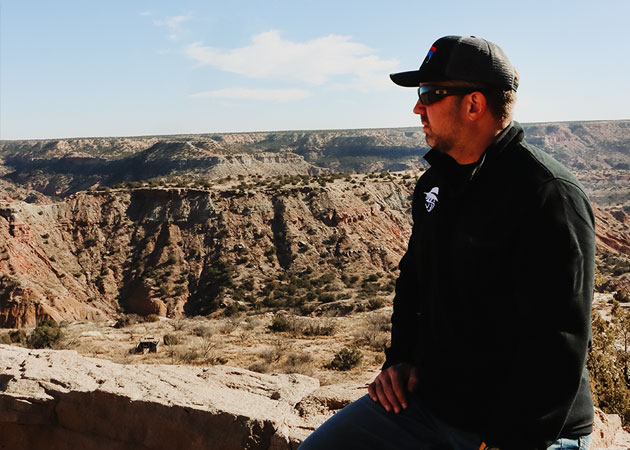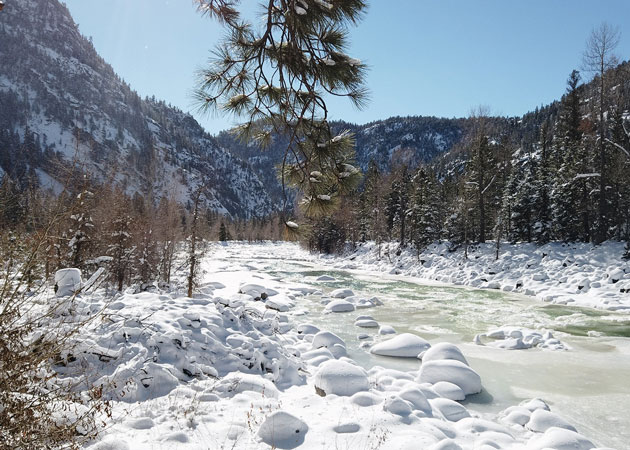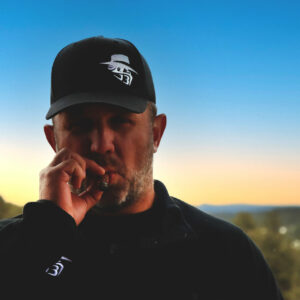When Do Most Deer Shed Their Antlers?
Deer shed their antlers when their testosterone falls after mating, also known as their rut. This hormone decrease causes a weakening of the pedicle, which is the tissue and bone at the antler’s base.
Outdor Life has a more exact explanation: During the spring and summer months, the increasing photoperiod triggers hormones that encourage the growth of antlers. As fall approaches, the decreasing daylight results in an increase in testosterone. This results in causing bucks to shed their velvet and prepare their antlers for the upcoming rut. The level of testosterone peaks in mid-fall and begins to decline following the rut, as daylight decreases into late winter. The decline of testosterone triggers hormones to reabsorb calcium in the bone around the pedicle. The change in the pedicle, enables the antlers to be shed after some weeks of this testosterone decline.
The process of weakening the pedicle and the antlers falling off can occur rapidly. Even if a deer’s antlers are secure on the head on one day, they may end up falling off within 1–2 days.
The males use their antlers during the rutting period when they try to mate with females. Antlers also serve these creatures in defense against predators by providing them with a weapon to fight back. Males compete with each other, and this competition can take various forms. For example, males may use the antlers as weapons, locking them together to engage in a pushing contest. Deer may also use Antlers to stab an opponent.
Bigger is better. There may also be the possibility that females in some species prefer males with the biggest horns. If so, the choice would lead to the selection of larger and larger antlers.
For their new rack to grow, the deer needs a lot of calcium. The size of the rack depends on the mineral resources available to the deer.
The Growth of Antlers in Roe Deer (by Age)
- Button spikes – In the autumn of the first year of the male Roe’s life, two button-like unbranched spike antlers grow from the skull.
- Spikes – In the spring of the following year, normally in February or March, two spikes grow. Occasionally, these spikes have two ends or tines.
- Forks – In the February or March of the 3rd year two-forked branch form from the Rose.
- Six tines – In the February or March of the 4th year (sometimes earlier), two additional tines are formed from each branch, meaning the Roe now has six tines on its antlers.
Photo by Byron Johnson on Unsplash



